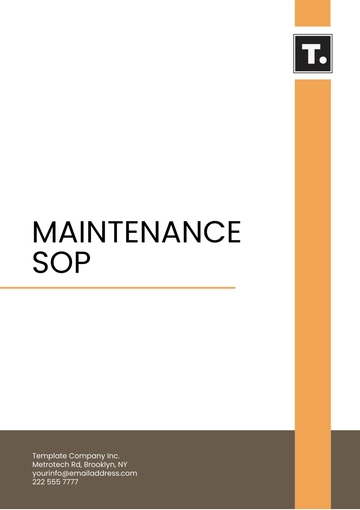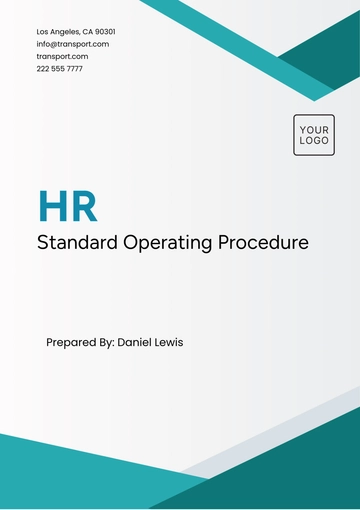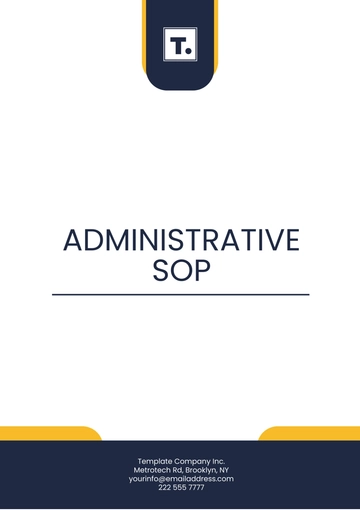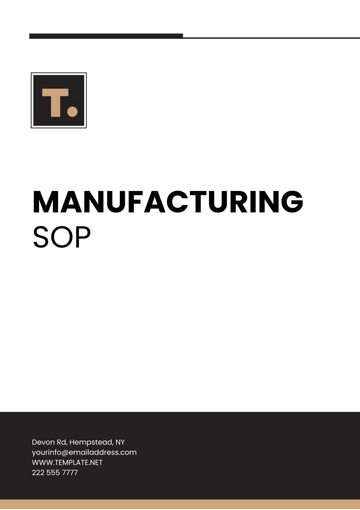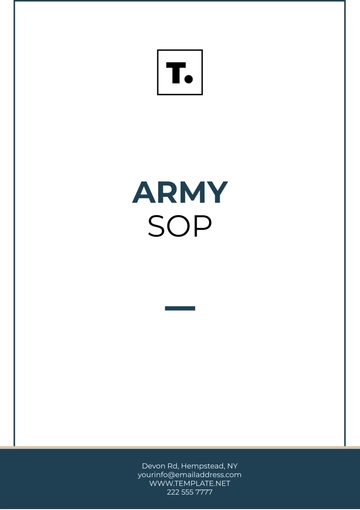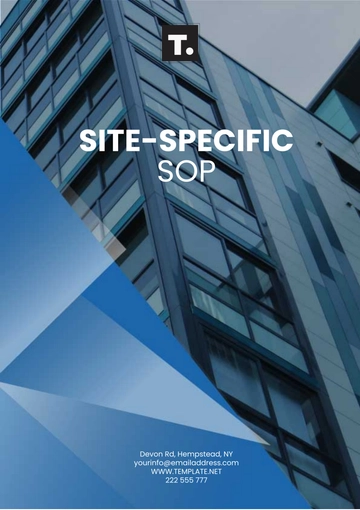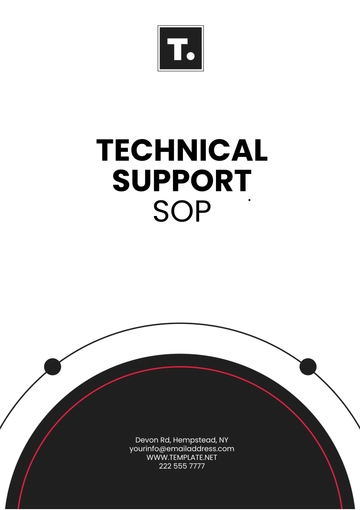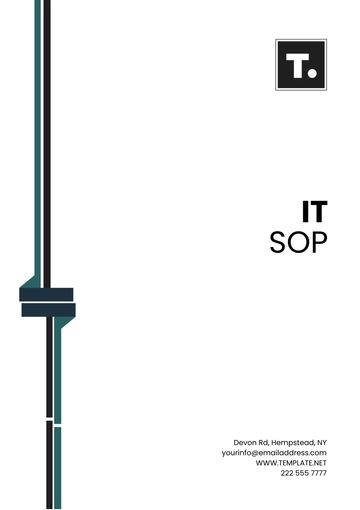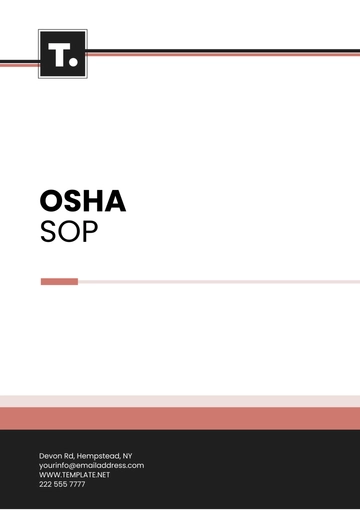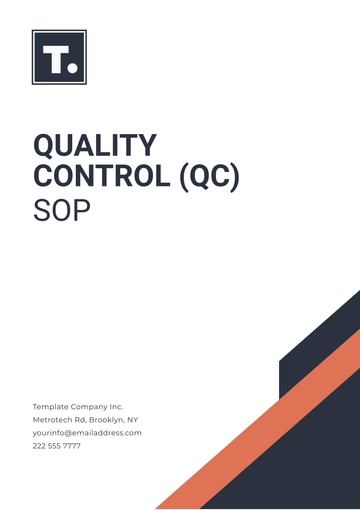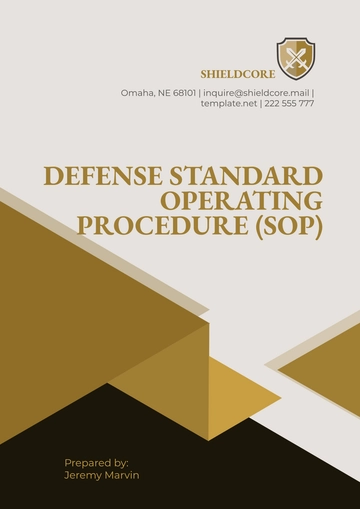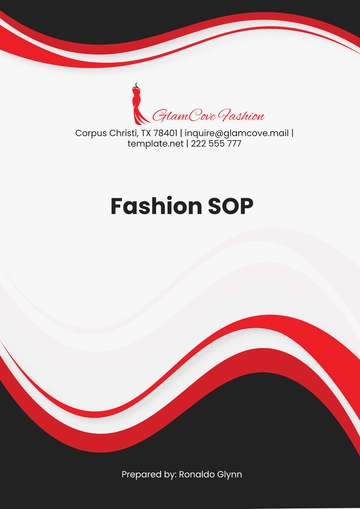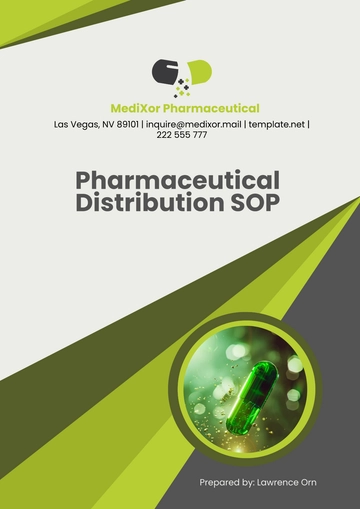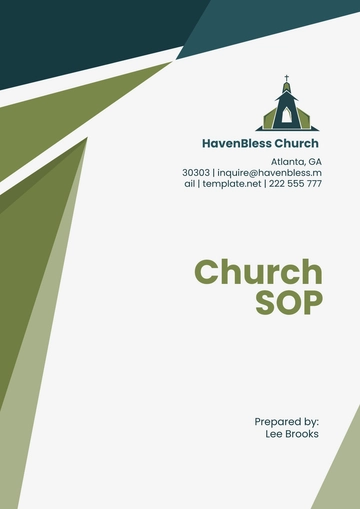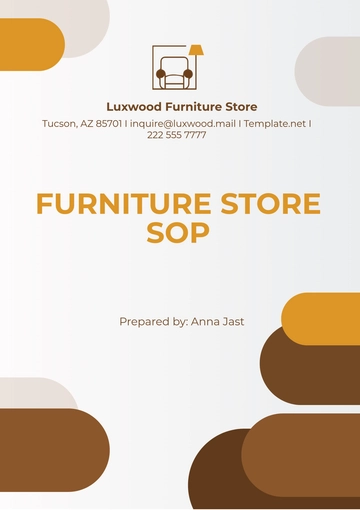Free Pharmacy SOP

I. Objective
The objective of this Standard Operating Procedure (SOP) is to establish guidelines for conducting quality checks, product inspections, and medication reconciliation processes within the pharmacy. This aims to ensure the accuracy, potency, and integrity of pharmaceutical products and prevent medication errors.
II. Scope
This Standard Operating Procedure is applicable and must be adhered to by all personnel working in the pharmacy who engage in various tasks, such as handling, dispensing, and storing of pharmaceutical products.
III. Responsibilities
Pharmacy Manager: The individual who is responsible for this is charged with multiple duties which include overseeing the implementation of this Standard Operating Procedure (SOP). This person is also ensuring that compliance with regulatory requirements is strictly adhered to at all times. Yet these responsibilities encompass not just the implementation and oversight but also consistently ensuring the success and effectiveness of these vital operational standards and regulations.
Pharmacists: The individual is accountable for performing thorough quality checks and inspecting the products with meticulous attention to detail. Furthermore, they also handle processes related to medication reconciliation, ensuring an effective and streamlined system within the organization.
Pharmacy Technicians: The individual is tasked with the responsibility of aiding pharmacists in their activities related to quality control, which includes the upkeep and maintenance of necessary documentation.
IV. Procedure
A. Pre-Dispensing Checks
Before dispensing any medication, pharmacists or pharmacy technicians must:
Verify the accuracy of the prescription against the patient's medical record.
Check the medication against the prescriber's instructions for correctness and appropriateness.
Confirm the medication's compatibility with other prescribed medications.
Verify the medication's expiration date and the integrity of the packaging.
B. Product Inspections
Conduct regular inspections of pharmaceutical products to ensure:
Integrity of packaging (no signs of tampering, damage, or contamination).
Proper storage conditions (temperature, humidity, light exposure).
Accuracy of labeling (correct drug name, strength, dosage form, and expiration date).
Compliance with regulatory requirements and manufacturer specifications.
C. Medication Reconciliation
Perform medication reconciliation to:
Compare the patient's current medication regimen with newly prescribed medications.
Identify discrepancies, including omissions, duplications, or dosage errors.
Communicate any discrepancies to the prescriber for resolution.
Document reconciliation activities in the patient's medical record.
D. Quality Checks
Conduct quality checks on pharmaceutical products using validated methods and equipment.
Test for potency, purity, and dissolution according to established protocols.
Record and review quality control data to identify trends or deviations from specifications.
Take corrective actions as necessary to address any quality issues identified.
E. Documentation and Recordkeeping
Maintain accurate records of all quality control and assurance activities, including:
Pre-dispensing checks, product inspections, and medication reconciliation.
Quality control test results and any corrective actions taken.
Documentation should be legible, dated, and signed or initialed by the responsible staff member.
F. Training and Continuous Improvement
Provide training to pharmacy staff on the proper implementation of this SOP.
Conduct periodic reviews and audits to assess compliance and identify opportunities for improvement.
Update the SOP as needed based on regulatory changes or internal feedback.
V. Approval
This SOP has been reviewed and approved by the Pharmacy Manager.

[Pharmacy Manager Name]
[Approval Date]
- 100% Customizable, free editor
- Access 1 Million+ Templates, photo’s & graphics
- Download or share as a template
- Click and replace photos, graphics, text, backgrounds
- Resize, crop, AI write & more
- Access advanced editor
A Pharmacy SOP (Standard Operating Procedure) is a structured document that provides detailed instructions for carrying out various tasks and processes within a pharmacy setting. These procedures ensure consistency, accuracy, and compliance with regulatory requirements in the handling, dispensing, and management of pharmaceutical products.




